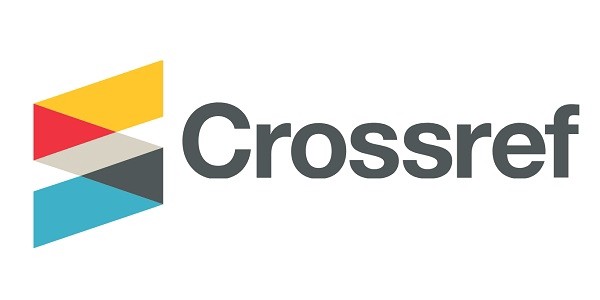The innovation of traditional dayak culinary products as a strategy to strengthen the creative economy in West Kotawaringin Regency
DOI:
https://doi.org/10.52300/jemba.v5i1.22541Keywords:
Culinary Innovation, Culinary Economy, Economic StrategyAbstract
Innovation in traditional culinary products plays a crucial role in strengthening the creative economy in Kotawaringin Barat Regency. Traditional cuisine not only reflects local cultural identity but also has the potential to become a tourist attraction that enhances community welfare. The development of the creative economy through culinary innovation encompasses aspects such as presentation, packaging, and digital marketing strategies. However, innovation in this sector still faces various challenges, including limited access to technology, capital constraints, and the dilemma of preserving authenticity while adapting to market trends. Strategic efforts such as training, digital technology utilization, and collaboration with art communities serve as potential solutions. Research findings indicate that appropriate innovation can enhance the competitiveness of traditional cuisine and drive local economic growth. Therefore, a sustainable and collaborative approach is needed to ensure that traditional culinary innovation becomes a driving force for the creative economy in the region.
Downloads
References
Budiana, H. (2024) Pengaruh E-Wom, Brand Image Dan Brand Trust Terhadap Loyalitas Pelanggan Pada Aplikasi Shopeefood Di Kota Bandung (Survey Pada Konsumen Shopeefood di Kota Bandung). Universitas Pasundan Bandung.
Creswell, J. W. (2014). Research design: Qualitative, quantitative, and mixed methods approaches (4th ed.). Thousand Oaks, CA: Sage.Florida, R. (2002). The rise of the creative class: And how it's transforming work, leisure, community and everyday life. Basic Books.
Florida, R. (2002). "The Rise of the Creative Class: And How It's Transforming Work, Leisure, Community, and Everyday Life." Basic Books.
Hall, C. M., & Gössling, S. (2013). "Sustainable Culinary Systems: Local Foods, Innovation, Tourism and Hospitality." Routledge.
Hjalager, A. M. (2010). A review of innovation research in tourism. Tourism Management, 31(1), 1–12. https://doi.org/10.1016/j.tourman.2009.08.012
Horng, J. S., & Tsai, C. T. (2012). "Exploring Marketing Strategies for Culinary Tourism in Taiwan." International Journal of Hospitality Management, 31(3), 886-897.
Howkins, J. (2001). The creative economy: How people make money from ideas. Penguin Global.
Kotler, P., & Keller, K. L. (2016). "Marketing Management." Pearson Education.
Long, L. M. (2004). Culinary tourism. University Press of Kentucky.
Porter, M. E. (1990). The competitive advantage of nations. Free Press.
Prasetyo, A. (2019). Ekonomi Kreatif di Indonesia: Konsep, Tantangan, dan Peluang. Jakarta: Penerbit Graha Ilmu.
Ragheb, M. G. (1996). Tourism, culture, and traditions: Aspects of sustainable tourism. Tourism and Hospitality Research Journal, 2(3), 45–60.
Richards, G. (2002). Tourism attraction systems: Exploring cultural behavior. Annals of Tourism Research, 29(4), 1048–1064.
Santoso, B., Sudarmawan, I., & Priyanto, S. (2020). "Creative Economy Development through Cultural Heritage-Based Culinary Innovation." Journal of Innovation and Entrepreneurship, 9(1), 12-21.
Schumpeter, J. A. (1934). The theory of economic development: An inquiry into profits, capital, credit, interest, and the business cycle. Harvard University Press.
Sundbo, J. (2009). Innovation and involvement in services. Advances in Service Innovations, 3–17.











